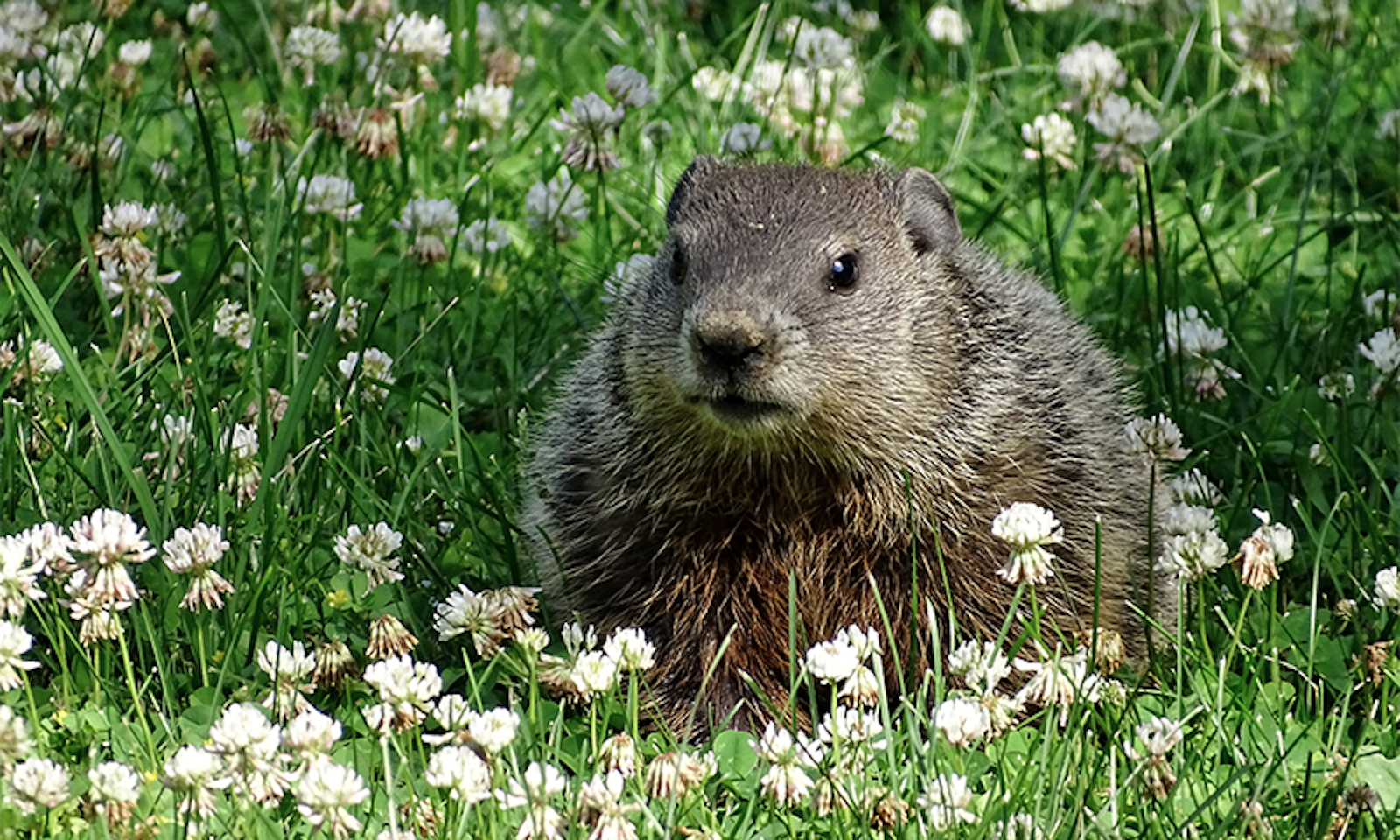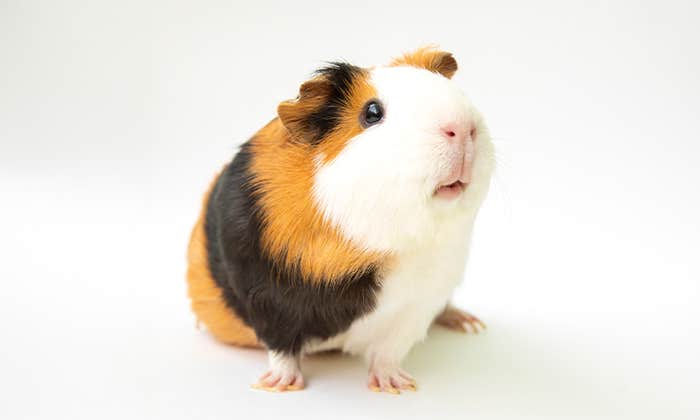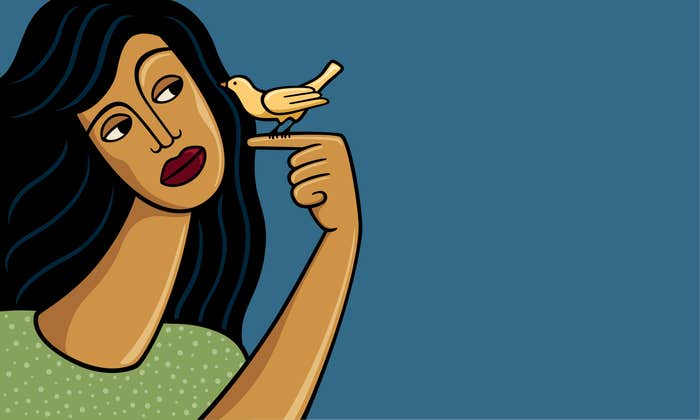One spring morning in 2003, Susan Sam looked out the kitchen window of her home in rural Imlay City, Michigan, and saw a small brown animal on the lawn. Not recognizing the creature, she called over her husband, Joe. He identified it as a groundhog. Having heard stories about their destructiveness, Joe suggested they get rid of it.
Susan, however, was curious. “Why don’t we watch for a while?” she suggested. “Because so far, I’m not seeing anything horrible.” Joe agreed that they could keep an eye on the groundhog and see what happened. They named her Wilhelmina. Not long afterward, they saw Wilhelmina carry a litter of still-fuzzy babies to a burrow near their sun porch. Two weeks after that, the groundhog family emerged; the Sams, again looking out their window, were enthralled. Twenty years later, they’re still watching.
With Joe’s help, Susan has chronicled the lives of generations of groundhogs who made a home beside her own. She’s become an unlikely champion for creatures often regarded as vermin, killed for sport or because many people reach for a gun—or a trap or dry ice—rather than building a fence or filling in a hole. Their efforts have yielded a uniquely detailed, eye-level portrayal, perhaps even adding to what scientists know about the life history of a species at once widespread yet obscure.
Now, “obscure” might seem an odd term for groundhogs. They’re the only animal with an American holiday, and though Groundhog Day is tongue-in-cheek nowadays, it’s still celebrated. They’re considered common throughout Canada and the eastern United States, where they’re capable of dwelling in backyards and in-between spaces of suburban sprawl. Most residents in their range have at least glimpsed a groundhog eating by a roadside.
She’s seeing them as though she’s living with them.
I learned about the Sams several years ago, after a groundhog’s decision to raise her babies in a burrow beside my deck sent me Googling to learn more about them. There was plenty to be found about their biology: Marmota monax, a ground squirrel, digs central burrows up to 60 feet long, with separate chambers for nesting and defecation; their body temperature drops to 37 degrees Fahrenheit, and their hearts beat just five times per minute, during hibernation. There was seemingly endless advice on getting rid of them. As for their social lives, though, there was little to be found.
The only detailed descriptions came from the Sams’ Woodchuck Wonderland website and books—“woodchuck” is another name for groundhogs—and from Christine Maher, a biologist at the University of Southern Maine whose long-term study of groundhogs at a nature sanctuary described them living in loose-knit, kin-based communities, mostly keeping a day-to-day distance from one another as adults but still sharing territories with familiar individuals.
Her observations dispelled the still-pervasive misperception of groundhogs as solitary, with no social contact outside of mating season and a brief period of maternal care. Yet even Maher’s work is hindered by the fact that, as summer progresses and vegetation grows taller, it becomes difficult to see them. The Sams, who keep the area around their house mowed, have no such problem, giving them a front-row seat from spring to fall. And while Susan takes pride in the rigor of her observations and corresponds regularly with researchers, her interest is not narrowly scientific.
“It was like, ‘Everybody hates you. But we’re not seeing anything horrible here. And we’re just going to have to tell your story,’” Susan says of the day when Wilhelmina and her babies gathered by her sun porch. Though Wilhelmina is gone, having last been seen in 2011, the mission continues.
On this July morning, Susan sits at her kitchen table watching three russet-furred juveniles eat clover in the yard. Between there, the sun room, her studio, and the bedroom, she has a panoramic view of the main territory. Six cameras positioned on tripods, plus three video cameras, allow her to document what happens. “The house is our blind,” she tells me on the phone.
The youngsters are the progeny of Winnie and Milo, each of whom arrived the previous year. Except for one juvenile—Limper, so called because of a congenital deformity in his left front paw—Susan hasn’t yet been able to discern distinctive markings by which she could recognize them individually. The morning continues quietly, with the groundhogs’ perambulations interrupted only by the appearance of a gray squirrel whose unexpected presence briefly scatters them.
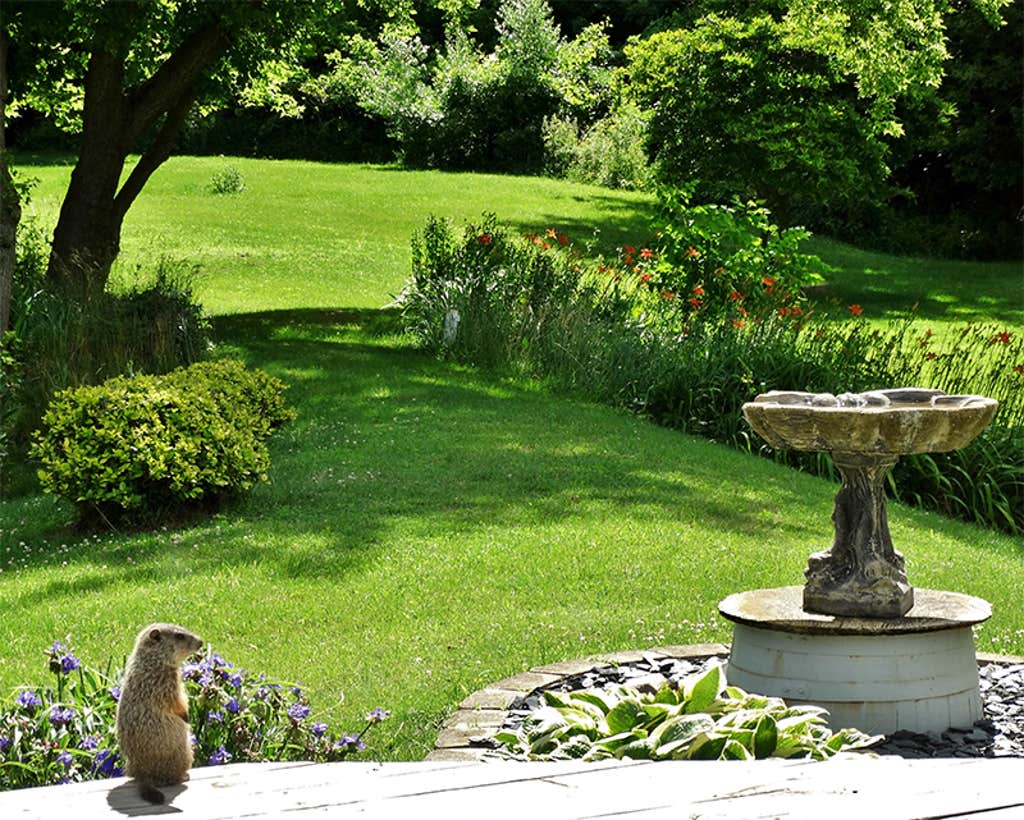
After a few hours of observation, Susan puts on a mix of Toto, a rock band best known for their cryptic 1982 hit “Africa.” Susan and Joe are superfans. She recounts how, when they had to cancel plans to attend a concert, they asked a friend to deliver a copy of their first book to Joseph Williams, the band’s current lead singer. “He sent a very nice email afterward thanking us,” she says.
By noon, Susan has taken more than 100 photographs: by her standards, a fairly light day. These are grist for the stories she’ll later tell on the website and social media. She hopes that Winnie, who in June carried the babies by mouth from their natal burrow beneath the shed to a summer burrow beneath the barn, will make an appearance. Susan is interested in how she raises her young, especially the deformed Limper.
At this stage in their lives, says Susan, Winnie deposits them in different parts of her territory as they learn to navigate life on their own. Last week, Winnie took two babies to the rock garden while leaving Limper and another sibling down by the shed. When Limper’s companion tried to join the others, “she popped him good, disciplined him, and took him back to the shed.” Winnie wanted him there for a reason, and the tough-love enforcement was not unusual: Groundhog moms are a no-nonsense bunch. But when it comes to Limper, Winnie is uncommonly patient.
“Winnie treats him differently than she does the other ones. If they start hanging around or whatever, she’ll discipline ‘em. It’s like ‘Get away, you’ve got to to be independent.’ With Limper, she doesn’t do that,” Susan says. “She allows him to follow her around. She doesn’t pop him.”
Lynn Oliver, a wildlife rehabilitator who co-founded Valley Wildlife Care in Middletown, Virginia, says the Sams’ observations of groundhog family life have been invaluable to her work. They helped her understand that babies need more activity than she realized, and that they’re not necessarily ready to be released at just two months old—an age when they’re typically considered independent, but at Woodchuck Wonderland are still being watched by mom.
“She’s seeing them as though she’s living with them. Which she is, but through her window,” Oliver says. “Her stories have filled in gaps for me about how these animals lived before they became orphaned or injured.”
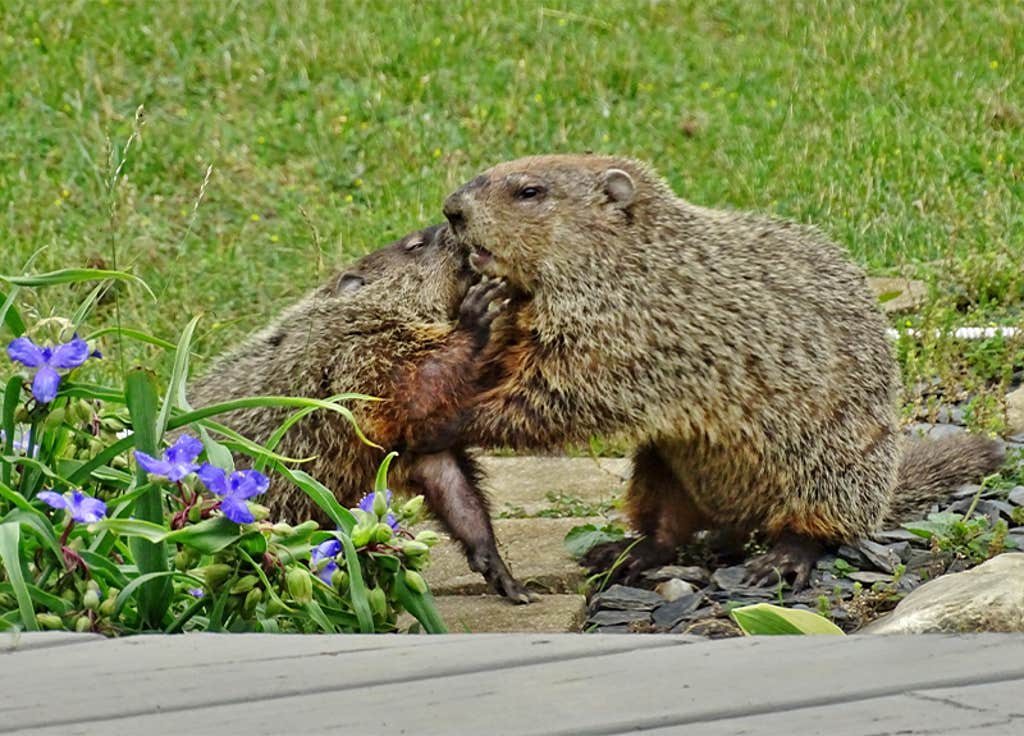
Another rehabber who communicates regularly with Susan is Betsy Shank, the executive director of Acorn Acres in Millersville, Pennsylvania. “I think the work they’re doing is incredibly important,” Shank says. The Sams, she explains, “are the ‘average Joe.’ They don’t have all these grants supporting them. They’re sitting there in their home providing valuable information.”
Shank brings up how Susan and Joe have observed male groundhogs caring for young. That contradicts the conventional wisdom, which holds that groundhog moms raise their offspring alone while dads remain distant: present in the home territory, but otherwise uninvolved. Over the years, the Sams have documented what they interpreted as paternal behavior—standing guard, play-fighting to help prepare youngsters for future encounters—in no fewer than six groundhog dads. Among them is Milo, who the summer prior raised a litter by himself after their mother disappeared.
“Dad came in and finished raising those pups, which is unheard of! We all sat there with our mouths hanging open saying, ‘Oh my gosh,’” Shank says. Susan is especially proud of these observations, which are described in a self-published paper entitled “Backyard observations of the behavior and role of the male woodchuck (Marmota monax).” “How much of this goes on where people can’t see it?” says Susan.
I think there’s a lot waiting to be seen under our noses.
I asked Christine Maher, the biologist who studies groundhogs in Maine, for her thoughts. She and Susan have corresponded, and “I appreciate their commitment and their observations,” she says. Still, Maher isn’t convinced about the fatherly attentions. “I suspect that much of the behavior can be explained in a sexual or reproductive context,” she says. Rather than providing care, dads might be courting potential future mates. Perhaps some are not dads at all, with paternity actually belonging to some unidentified rival. “I think their results can be interpreted in other ways,” says Maher.
Yet Dan Blumstein, an ethologist at the University of California, Los Angeles who studies sociality in ground squirrels and is also in contact with Susan, is more open to the possibility. “These are certainly more than anecdotes,” Blumstein told me of the Sams’ observations. “They’re not doing statistical analyses—but they’re explaining things they’re seeing that haven’t necessarily been recognized as common, or even recognized in the published literature.”
Blumstein suggests other researchers might pursue those observations. “If anything, their role is to say ‘Hey, these guys need more study,’” he says. And while the parenting habits of groundhogs may seem an esoteric subject, they represent something more transcendent: that much remains to be learned about even the common, everyday animals who live all around us, and regular people can help illuminate it. “I think there’s a lot waiting to be seen under our noses,” says Blumstein.
Early in the afternoon, Susan steps away for a while and Joe, who throughout the day alerts his wife when groundhogs are seen from other rooms, picks up the phone. He chuckles about his early sentiments. Back when they met Wilhelmina, he’d just retired from his work as a machine repairman at the Ford Motor Company; like Susan he’d grown up in Detroit and knew groundhogs only by their reputation.
“I was most apprehensive,” he says. “I had the typical knowledge that most people get of woodchucks. They’re going to dig holes, ruin your lawn, eat your vegetables and your flowers, and cause your buildings to fall down.” But it was important to him that he support her burgeoning interest, and “pretty soon I found out that the things I believed to be true were not.”
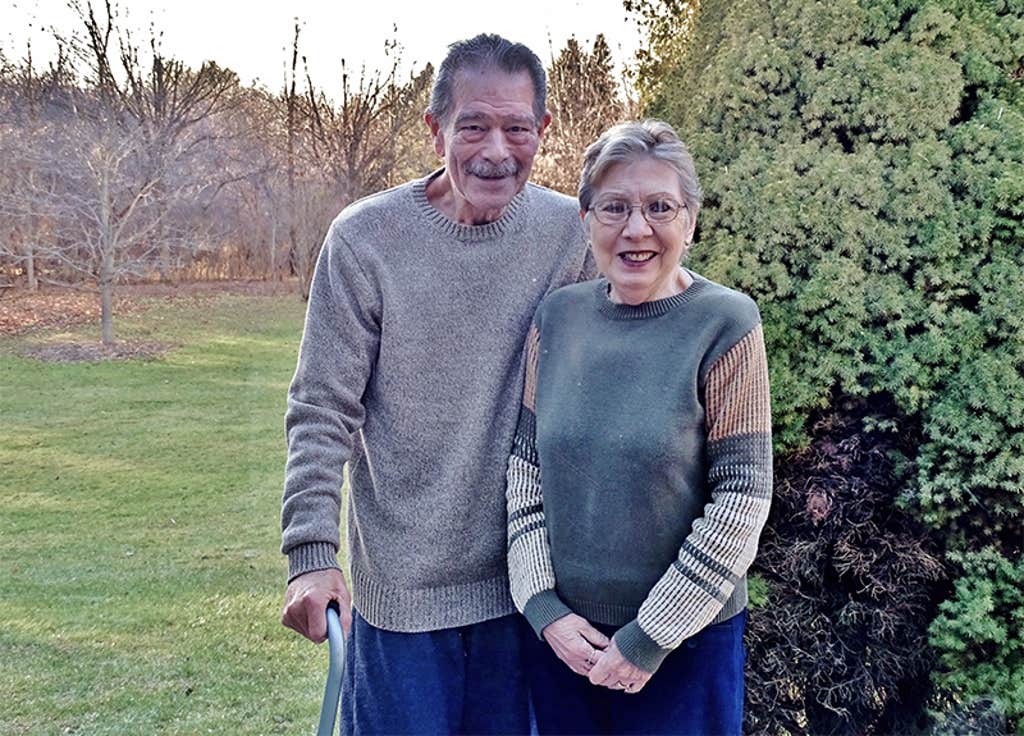
Of course, that doesn’t mean groundhogs are always perfect neighbors. They do eat vegetables and flowers—though people often blame them for the snacking of other critters—and their burrows cause problems when dug near a foundation, in time allowing moisture to seep in and weaken the structure. A peaceful coexistence takes effort, and the task of fencing off flowerbeds that he and Susan want to protect falls to Joe, as does filling entrances to burrows dug in inconvenient places. They’re careful to do this only when the burrows are not in use. If that means waiting for a season, it’s not a big deal.
“I think that all creatures have a right to life,” he tells me. “Granted, because I was a warrior in Vietnam”—he fought as a member of the U.S. Marine Corps—“I conducted myself in ways there that aren’t necessarily conducive to that. But that was war. So as a result, I’ve done what I could to ensure that life on our property has a chance to thrive.”
For him and Susan, setting this example is as important as their observations of groundhog life. Woodchuck Wonderland isn’t just about knowledge. It’s about values and how we relate to the animals around us.
Pretty soon I found out that the things I believed to be true were not.
In Michigan as well as most places, groundhogs can be hunted year-round without limit on the number killed. YouTube abounds with videos of people using them for target practice. Total mortality is difficult to estimate, as not all states bother to count; in neighboring Illinois, roughly 10,000 groundhogs are killed each year by hunters, and in Pennsylvania, cradle of Groundhog Day and home to Punxsutawney Phil, the annual toll is around 800,000.
What people do in their backyards, however, may have an even greater impact. Restrictions on killing so-called nuisance animals are typically minimal. In Michigan, property owners can kill a groundhog at any time for being “physically present where it could imminently cause damage,” a proviso that essentially makes their presence near human habitation a cause for elimination. Often people have no enmity toward them but are simply concerned for their property; they might even be kindhearted and relocate groundhogs—but being exiled in an unfamiliar place can be a death sentence, too. The fate of a great many animals, and whether they thrive in a human-dominated world or scrabble in its margins, is ultimately a matter of personal conscience and the willingness to do a little work.
As the day’s shadows lengthen, Winnie finally makes an appearance. Susan delightedly describes Limper’s reaction. “It’s like, ‘I’m so happy! I’m so happy!’ He just bounces around the yard, following wherever she goes,” she says. Limper follows her to the edge of the front yard. It’s the farthest he’s ever been from his burrow and a foreshadowing of how quickly he’ll need to grow up.
With his deformed paw, life will be hard for Limper. The weeks between now and autumn are a race to pack on as much weight as possible for the winter’s long hibernation. Susan hopes Winnie will allow Limper to stay nearby rather than venturing out into the wider, less tolerant world. Later in the summer, she and Joe plan to remove the fence around their marigolds so as to give him some extra nourishment.
“There’s so much misinformation and misunderstanding about them. We’re hoping to bring some tolerance,” Susan says. “So what if you lose a few flowers?” ![]()
Lead photo by Susan Sam















